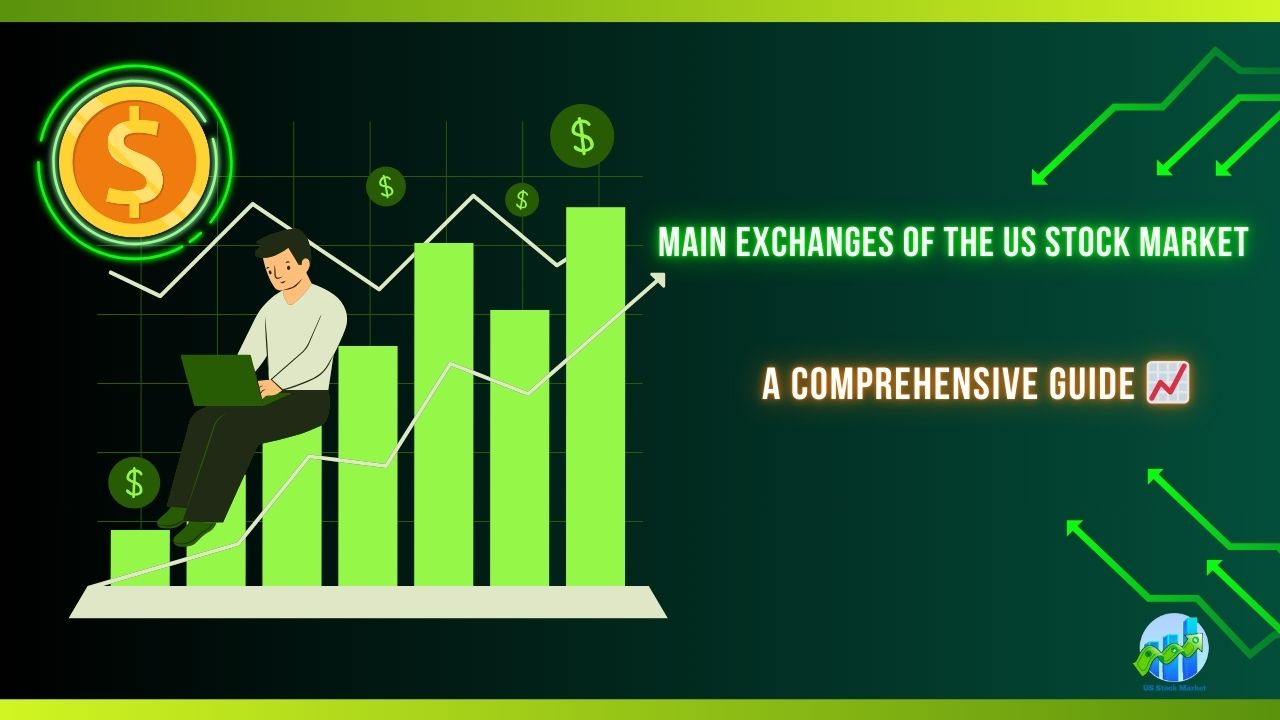History and Year-Wise Evolution of the Indian Stock Market 📈💖
The Indian Stock Market has a long and fascinating history, having evolved over more than a century. From its humble beginnings in the late 19th century to becoming one of the largest and most sophisticated financial markets in the world today, the journey of the Indian stock market is one of resilience, growth, and transformation. In this blog post, we will take a deep dive into the history and year-wise evolution of the Indian Stock Market, exploring its milestones, challenges, and the key moments that have shaped it into what it is today. Let’s start our journey of discovery! 🚀📊
The Birth of the Indian Stock Market 📅: Late 1800s
The origins of the Indian Stock Market can be traced back to the late 1800s, a time when British colonial rule had a significant impact on India’s economy. The first official stock exchange in India was established in 1875 in Bombay (now Mumbai) under the name of the Bombay Stock Exchange (BSE). Initially, it was just a handful of brokers who met under a banyan tree to trade in securities, but this informal gathering eventually grew into an organized market.
During this time, the Indian economy was largely driven by agricultural activities, and the stock market played a limited role in the larger economic picture. But the groundwork was laid for future growth. 💫
The Early 20th Century: Growing Pains and Regulations 📜
The early 20th century saw the growth of Indian industries and the rise of several companies. The stock market began to grow in terms of both companies listed and the volume of transactions. However, there were no formal regulations governing the market, and this led to a period of rampant speculation and manipulation.
In 1920, the Stock Exchanges Regulation Act was passed, marking the first attempt at regulating the Indian Stock Market. However, the market still faced challenges, including market crashes and a lack of investor confidence. Yet, despite these challenges, the market continued to grow. 💪
The Post-Independence Era (1947–1950s): A New Beginning 🇮🇳
After India gained independence in 1947, the stock market entered a new phase of development. The government recognized the importance of a well-regulated stock market for the growth of the economy. In 1956, the Securities Contracts (Regulation) Act (SCRA) was enacted to regulate stock exchanges and the securities market. This act laid the foundation for a more structured and formalized market.
During the 1950s, the Indian stock market was still relatively small, and it was dominated by a few large companies. There was limited participation from retail investors, and the market was largely controlled by institutional investors. However, the post-independence period set the stage for greater market participation and reforms. 🌱✨
The 1980s: The Advent of Technology and New Opportunities 💻
The 1980s saw the emergence of new opportunities for the Indian Stock Market. The introduction of the National Stock Exchange (NSE) in 1992 was a significant turning point. This was India’s first electronic stock exchange, which revolutionized the trading process. The NSE brought greater transparency and efficiency to the market, and soon became one of the leading stock exchanges in the country.
During this period, the stock market began to attract more retail investors. The 1980s and early 1990s saw the rise of several new industries, including IT and telecommunications, which further fueled investor interest in the stock market. 📡💡
The 1990s: Liberalization and Global Integration 🌏
The 1990s were a transformative decade for the Indian stock market, marked by the economic liberalization policies introduced by the Indian government. In 1991, India opened up its economy by reducing trade barriers and embracing foreign investment. This era of economic reforms, often referred to as “India’s Economic Liberalization”, brought the Indian stock market into the global spotlight.
In 1992, the Bombay Stock Exchange (BSE) and the National Stock Exchange (NSE) became major players in the global financial markets. Foreign institutional investors (FIIs) began to play an increasingly important role in the market. The BSE Sensex and NSE Nifty indices were introduced, providing a snapshot of the performance of the Indian stock market.
The growth of the technology sector also led to the rise of new companies, with some of the biggest names in the Indian IT industry such as Infosys and Wipro going public and attracting significant investor interest. 💻🌐
The 2000s: The Digital Revolution and New Challenges 🖥️⚡
The early 2000s witnessed the continued rise of technology and the internet, which brought about significant changes to the Indian stock market. The advent of online trading platforms made it easier for investors to trade from the comfort of their homes, leading to an increase in retail participation.
However, the stock market was not immune to volatility. The 2000s saw several market crashes, including the infamous 2008 global financial crisis, which had a significant impact on the Indian stock market. Despite this, the market proved resilient and bounced back stronger, attracting global attention for its growth potential.
During this period, the market became more transparent and efficient, with the introduction of measures such as electronic trading, dematerialized shares, and greater regulatory oversight by the Securities and Exchange Board of India (SEBI). These reforms made it easier for investors to participate in the market and helped foster greater trust in the system. 🌍💪
The 2010s: A New Era of Growth 🚀
The 2010s saw the Indian stock market continuing to flourish, with the market indices reaching new all-time highs. India’s growing middle class, increasing foreign direct investment (FDI), and the rise of retail investors further fueled the growth of the stock market. The introduction of new investment products like Exchange Traded Funds (ETFs) and Mutual Funds made investing more accessible to the average Indian investor.
The government’s push for “Make in India” and other initiatives also provided a boost to the stock market as more companies began to go public, offering greater investment opportunities. Meanwhile, the advent of smartphones and mobile trading apps made it even easier for people to invest on the go. 📱💸
The 2020s: Technological Advancements and the Future 🌱
As we move into the 2020s, the Indian stock market has entered a new phase of technological advancement. The rise of artificial intelligence (AI), machine learning, and blockchain technology is changing the way the stock market functions. Moreover, the rise of retail investors, supported by easy-to-use trading apps, has made the market more inclusive and accessible than ever before.
The market is also seeing a rise in sustainable investing, with investors increasingly looking at Environmental, Social, and Governance (ESG) factors when making investment decisions. With more and more companies focusing on sustainability and innovation, the Indian stock market is poised to enter a new era of growth.
Conclusion: The Future of the Indian Stock Market 🌟
The evolution of the Indian stock market has been nothing short of remarkable. From its modest beginnings in the late 1800s to its current status as a global financial hub, the Indian stock market has gone through many phases of growth, challenges, and transformation.
As the market continues to evolve with the introduction of new technologies and investment products, the future looks bright for investors. With greater access, better regulation, and a growing economy, the Indian stock market is well-positioned for continued growth in the years to come. 🌟💰
So, whether you’re a seasoned investor or just starting out, the Indian stock market offers immense opportunities for growth. Stay informed, stay focused, and invest wisely! 💖📈




Post Comment